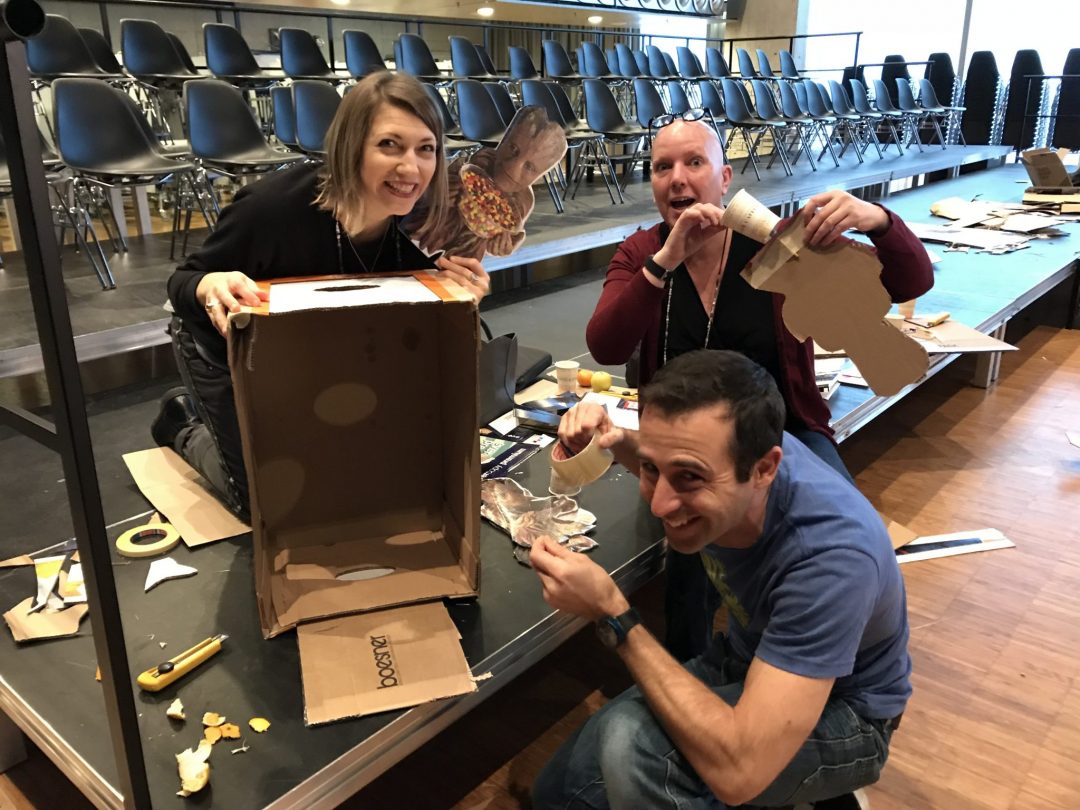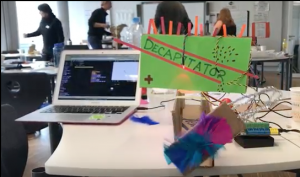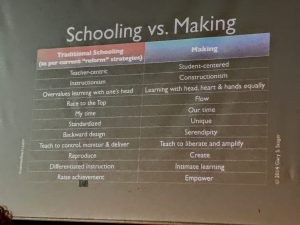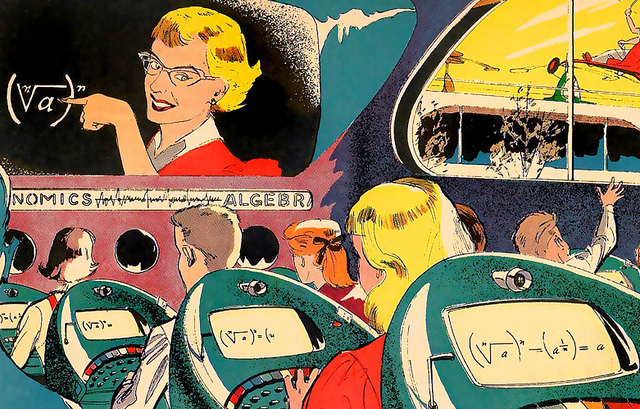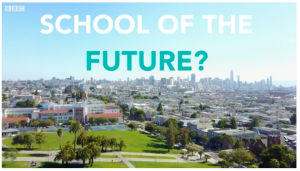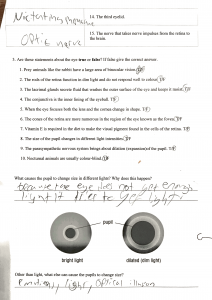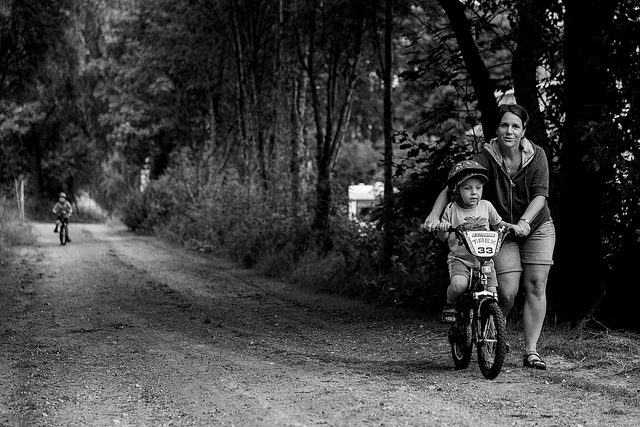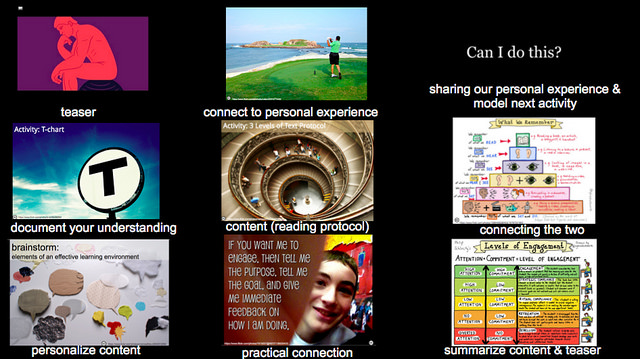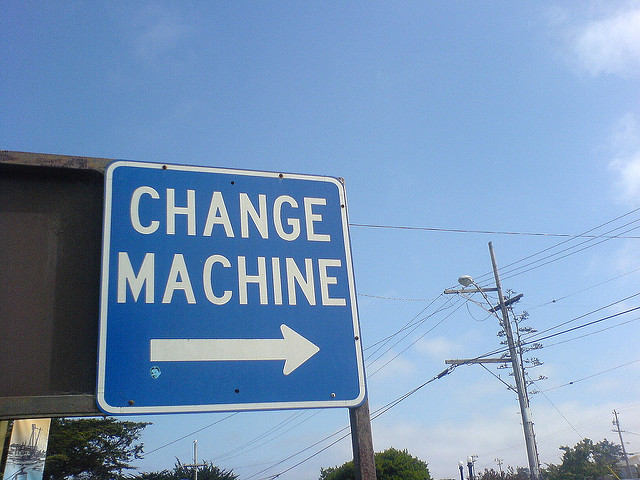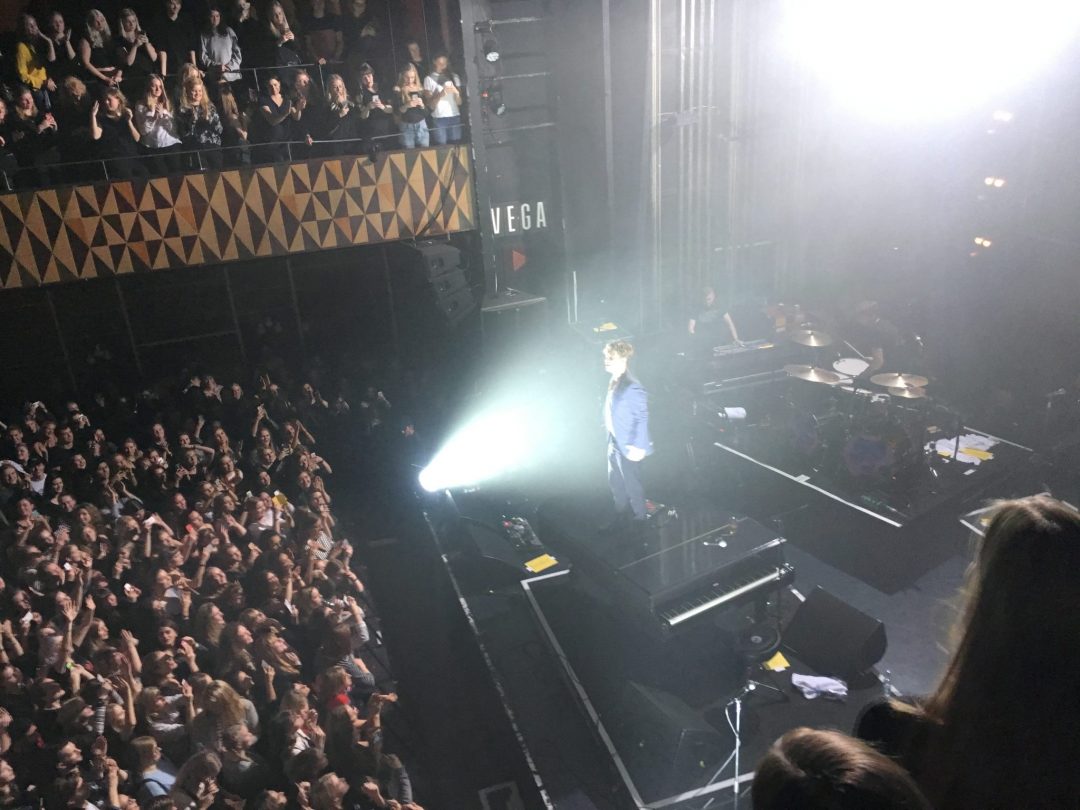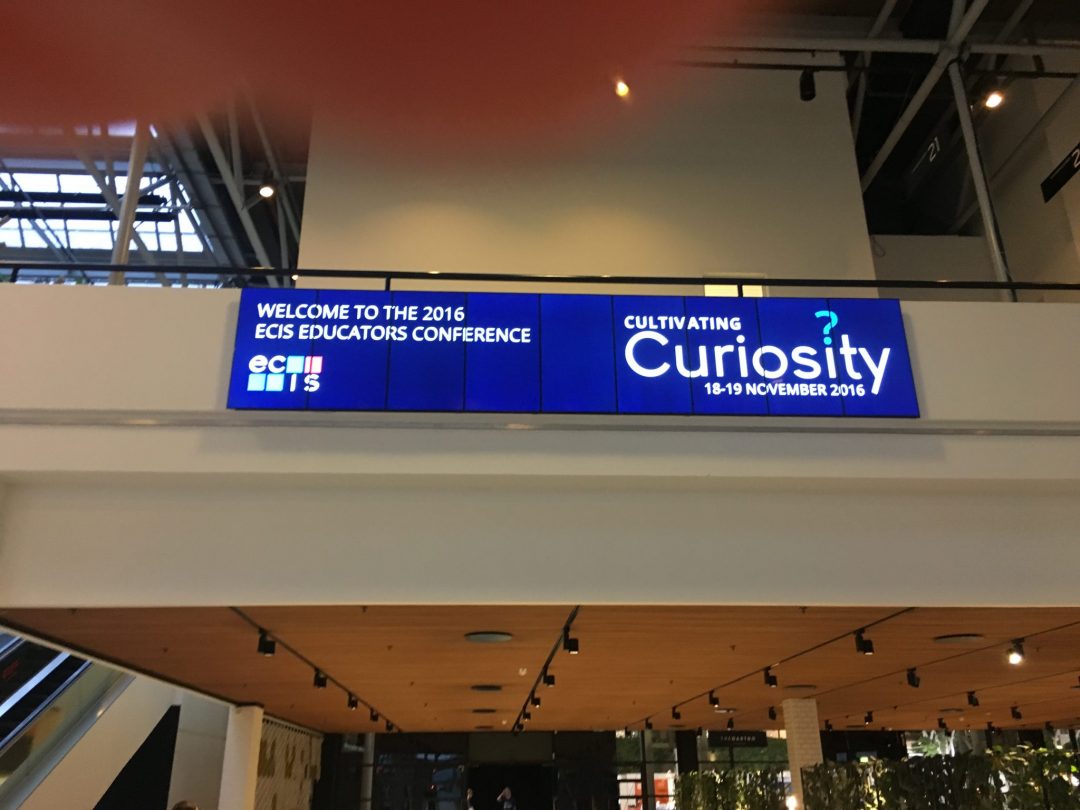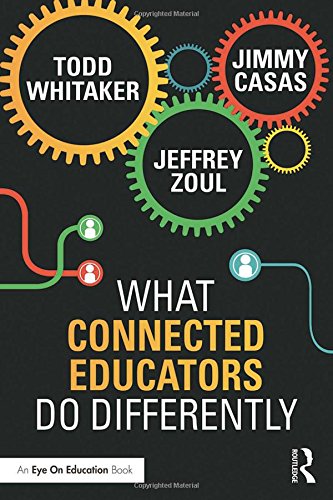 I’ve become quite obsessed with the idea of learner agency lately. It seems to be cropping up all over the place in big and small ways. I have been actively following an agency experiment in a PYP school in Ho Chi Minh called Studio 5 (documented by their PYP coordinator, Taryn BondClegg in her blog, ‘Making Good Humans‘). Her recent post, ‘Student Planned UOIs‘ is absolutely fascinating and incredibly inspiring. I’ve been following their journey to be 100% authentic in creating an environment for learner agency. The new PYP guidelines have agency right in the centre of everything. The Studio 5 project have been putting this to the test since the beginning of the school year and now the students are at the point where they are writing their own units of inquiry. So, that means they have 85 units running simultaneously with everyone who works with grade 5 available as mentors and coaches. Incredible. I’m so happy that someone is out there taking this risk for all of us so that we can benefit from their trial and error as well as from their successes.
I’ve become quite obsessed with the idea of learner agency lately. It seems to be cropping up all over the place in big and small ways. I have been actively following an agency experiment in a PYP school in Ho Chi Minh called Studio 5 (documented by their PYP coordinator, Taryn BondClegg in her blog, ‘Making Good Humans‘). Her recent post, ‘Student Planned UOIs‘ is absolutely fascinating and incredibly inspiring. I’ve been following their journey to be 100% authentic in creating an environment for learner agency. The new PYP guidelines have agency right in the centre of everything. The Studio 5 project have been putting this to the test since the beginning of the school year and now the students are at the point where they are writing their own units of inquiry. So, that means they have 85 units running simultaneously with everyone who works with grade 5 available as mentors and coaches. Incredible. I’m so happy that someone is out there taking this risk for all of us so that we can benefit from their trial and error as well as from their successes.
I also just found a blog post from Bud Hunt titled “I’m not in love with the word empowerment“. He talks about how by its nature, empowering implies that there is a power structure in place and that there is power to be redistributed. He’d rather we get out of the empowerment business and into the “helping folks realize they can do things they didn’t think they could” business. Enabling students (not in the negative ‘enabler’ connotation–but the making room, making way for learning to happen way). Just get out of the way more! (more on this idea from Harold Jarche)
Power doesn’t work that way, at least, it shouldn’t. Not in the classroom. Plenty of stuff that I have the ability to allow you to do wasn’t necessarily my thing to keep you from doing it in the first place. And you came to my classroom knowing things that I don’t know, and won’t know, unless you tell me about them. But that doesn’t mean that I was necessarily in the place of knowing what was worth knowing, doing, or being. I didn’t have all the answers. Still don’t. –Bud Hunt
I’ve also been reading Katie Martin’s book, ‘Learner Centered Innovation‘ which talks about compliance. She says, “When we tell learners to complete and assignment, we get compliance. When we [enable] learners to investigate how to make an impact on the world, we inspire problem solvers and innovators.”
So, what is learner agency to you? Fill in the blank: I believe that learners exhibit agency for about ………. % of the school day. What do you believe about agency? What are the challenges? How have you overcome them? Which still remain and why? I think the best concrete example I’ve seen is what is happening in the Studio 5 project. The best part is that they are documenting every step and providing access to the templates, organisers and evidence from students. It makes me want to start this project at my school next year. What questions does this provoke for you? How can we increase student agency across the school?
All of the ideas above have started to help me shape my own beliefs about agency. I’m keen to have some conversations about what this can look like realistically at my school and raising awareness of the importance of agency in real learning.
If you’re interested in reading more about agency, here’s a few more links to some blog posts and ideas that will spark further thinking:
Playing at “Agency”: Will Richardson–makes it clear that we don’t have a choice–agency is the only way we create the kind of schools that our students need now.–but real agency.
Student Agency Goal Setting: A Pathway to Personalised Agency: Great article and very good ideas about documenting student goals to increase accountability and reflection.
Barbara Brey: A continuum of ownership–From Compliance to Autonomy: love this infographic. Great reminders and targets for teachers to recognise the difference and pathway towards agency behaviours.
Empowered Learners: What a Student’s Project Taught Me About Education: nice insight/reflection from a teacher about student agency and what it looked like when she put it into action.
So, let’s start a conversation!

